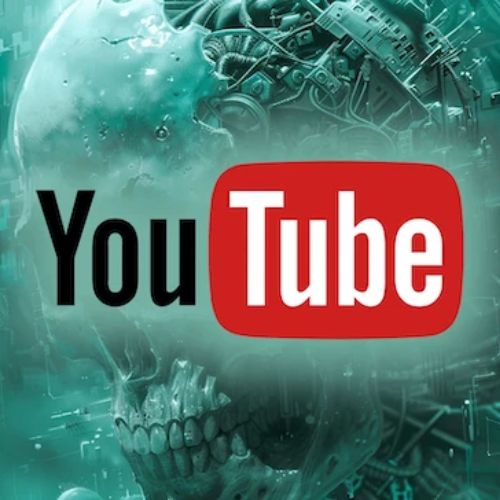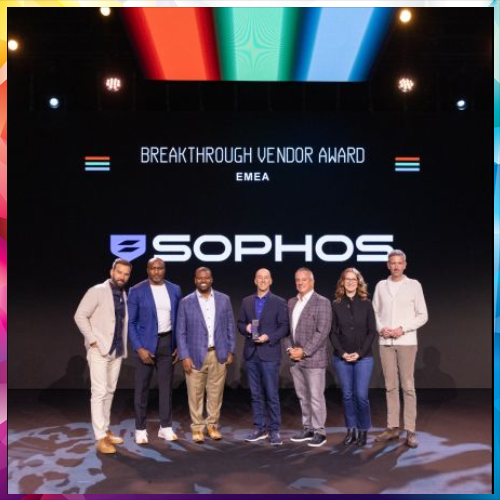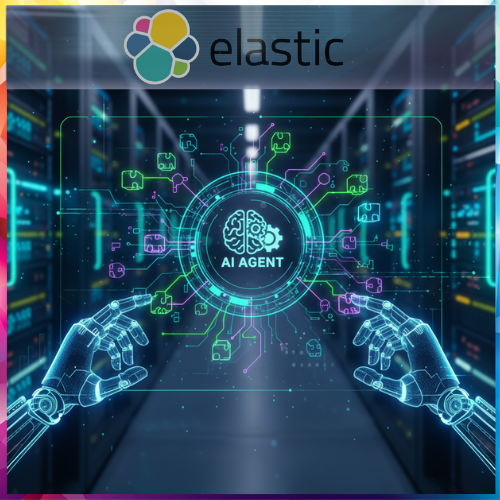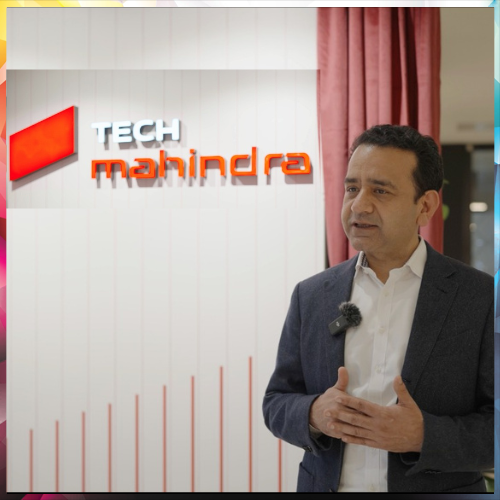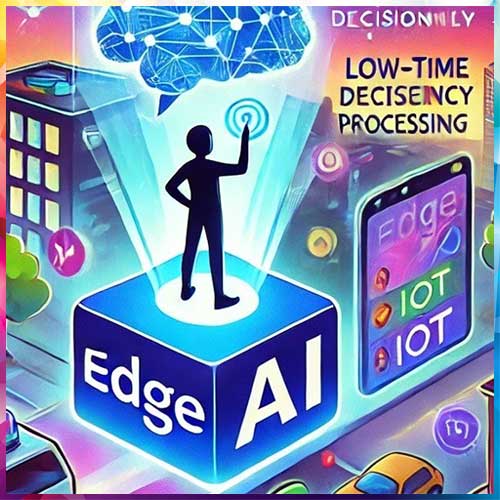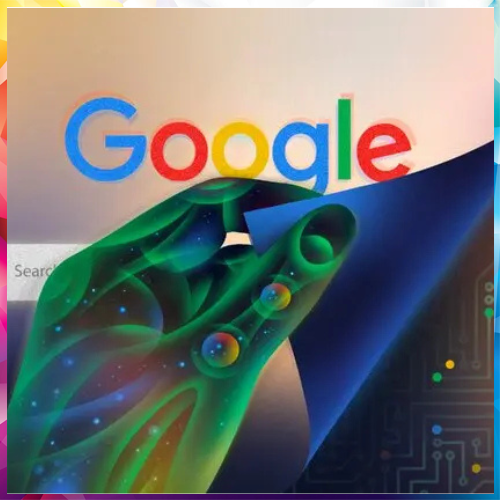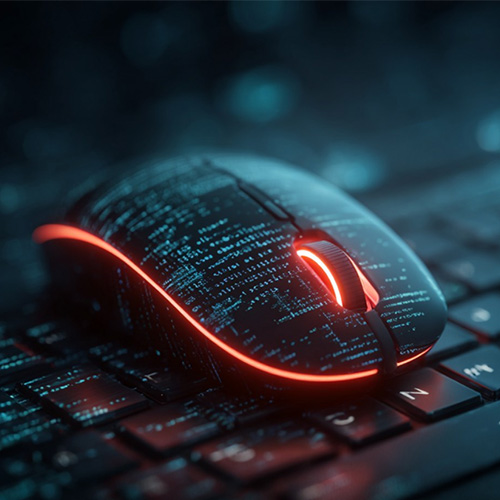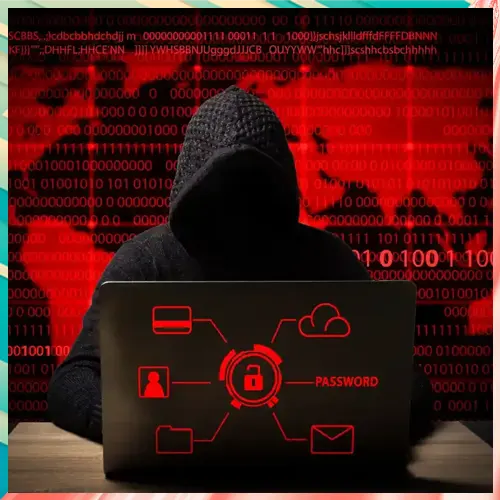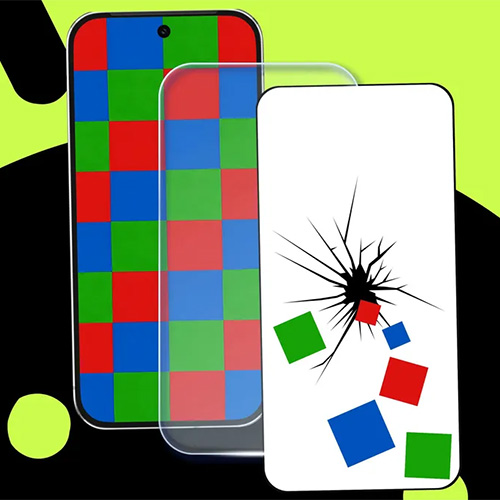"Trust no file and trust no device"
2024-10-03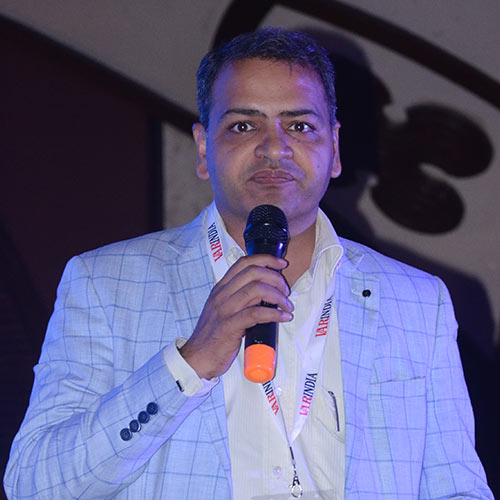
Ashwin Mittal
Regional Head, OPSWAT India
“OPSWAT is into critical infrastructure protection which is not only limited to IT but also to the operational technologies. The motto of the company - Trust no file and trust no device.
Many organizations are investing heavily in cybersecurity, focusing on areas like network and application security. However, a critical aspect is often overlooked - the protection of legacy files, which are common entry points for cyber-attacks. According to DSCI, a significant portion of attacks, such as ransomware, adware, and cryptojacking, are file-based, with 80% originating from emails and the remaining 20% from portals. Over 60,000 cybercrime cases have been reported to the crime bureau, where evidence is typically uploaded in files, pictures, and videos. But the question is: how do we ensure these files are free from malicious content? Although HTTPS offers secure transmission, it doesn’t address threats embedded within the files themselves. This is where OPSWAT's technology comes into play, offering advanced file sanitization.
Files commonly reach us through four main channels - email, portals, SFTP, and removable media. OPSWAT has these six different technologies, first is the Multi Scanning where we use multiple AV engines at the same time without affecting the performance. Then we have Content Disarm and Reconstruct where we break the file into its components, we inspect each of the components and then remove anything malicious. Third is Threat Intel, so we offer Threat Intel feeds and we also provide solutioning on specific files. We also offer Sandboxing and it is emulation based. It is a VM independent solution and 10x faster.
OPSWAT has an extensive suite of solutions for OT Security and all the solutions are non-intrusive in nature which means that we do not need to install anything on your existing systems.
When it comes to email security, OPSWAT provides advanced protection for files such as Excel or Word documents that may contain elements like text, images, logos, hyperlinks, macros, DDEs, and OLEs. Our technology thoroughly dissects these files into their individual components, removes potentially harmful elements and then reconstructs the file back into its original format.”
See What’s Next in Tech With the Fast Forward Newsletter
Tweets From @varindiamag
Nothing to see here - yet
When they Tweet, their Tweets will show up here.





